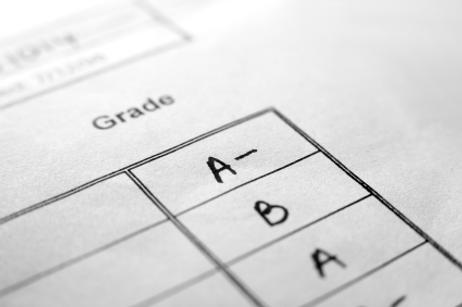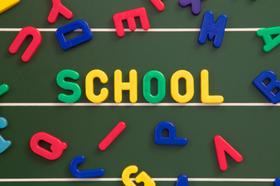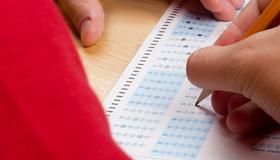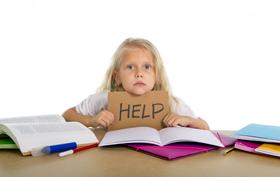Report cards were recently released for the 1,750 schools in the state of Oklahoma under the new evaluation system implemented by the state’s Department of Education. While most schools were not entirely surprised with their marks, some districts complained that the new system did not adequately assess some of their schools. Others are busy celebrating the high marks they received, attributing their outstanding academic performance to a wide variety of factors.
New Grading System Overview
 The Oklahoma legislature created the new method of grading schools to create “accountability and transparency among schools,” according to the . Lawmakers also wanted to make the grading system easy for parents to understand, so they could make educated decisions about the best schools for their children. It was also designed to help schools identify specific weaknesses so that targeted solutions for strengthening and improving schools could be implemented.
The Oklahoma legislature created the new method of grading schools to create “accountability and transparency among schools,” according to the . Lawmakers also wanted to make the grading system easy for parents to understand, so they could make educated decisions about the best schools for their children. It was also designed to help schools identify specific weaknesses so that targeted solutions for strengthening and improving schools could be implemented.
“These report cards are user-friendly, straightforward and fair,” Janet Barresi, State Superintendent of Public Instruction for Oklahoma, told the Oklahoma Daily. “It is high time for parents to have access to this information as they seek to make the best educational choices for their children. Parents have a basic right to this information, and they should be able to find it easily.”
The new grading system employs a formula that takes a number of factors into consideration when determining overall school performance. explains that the new grading system looks






















